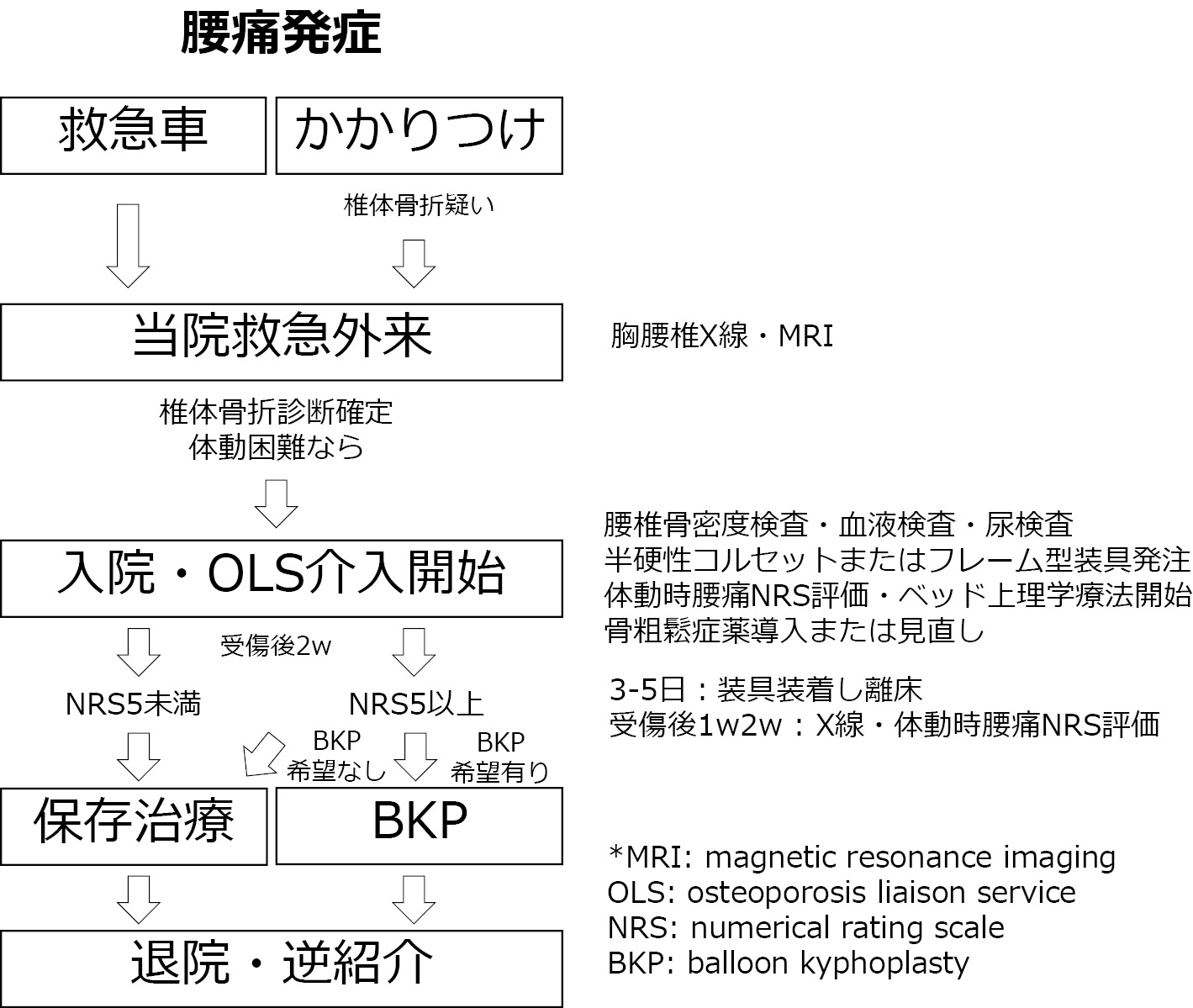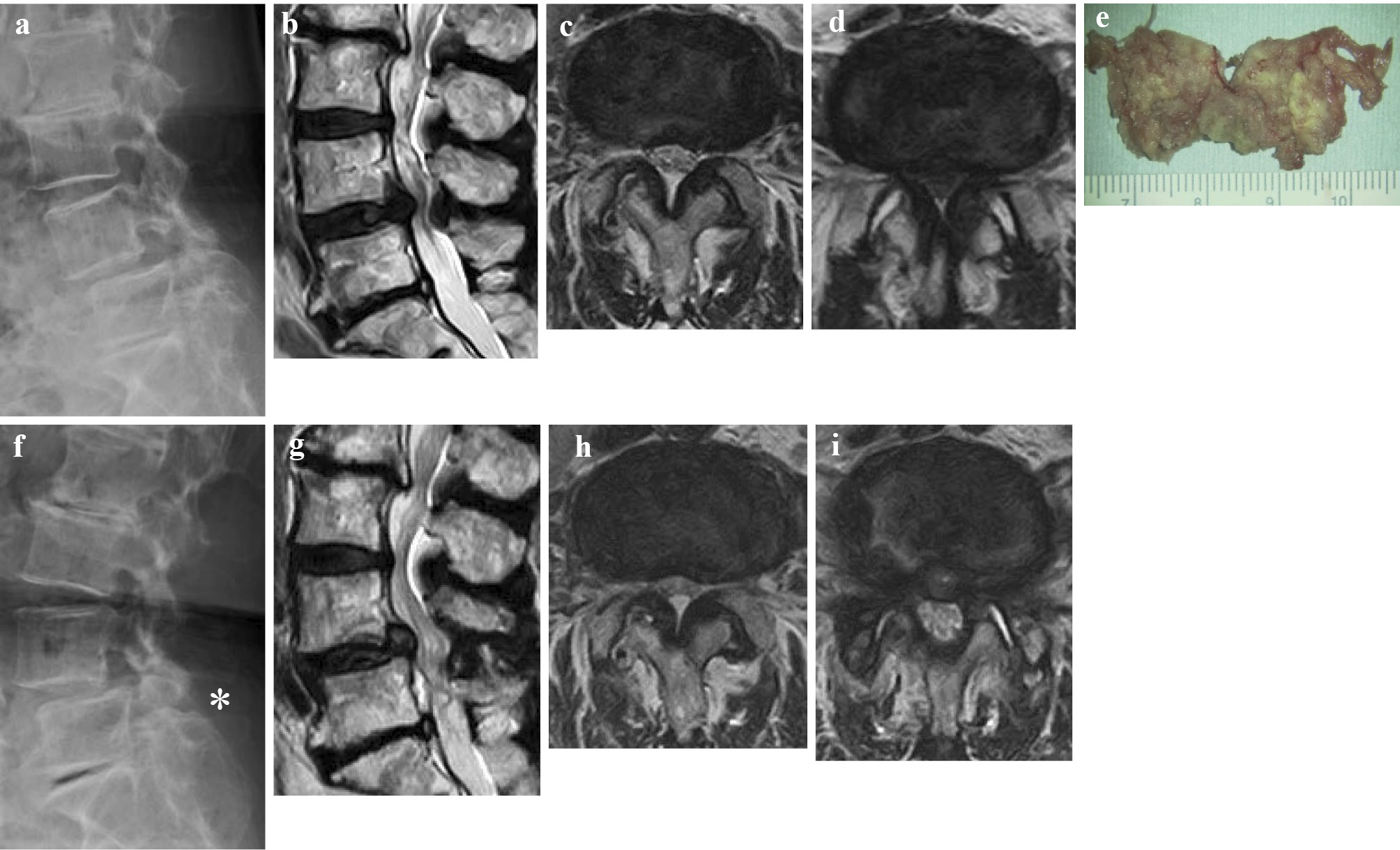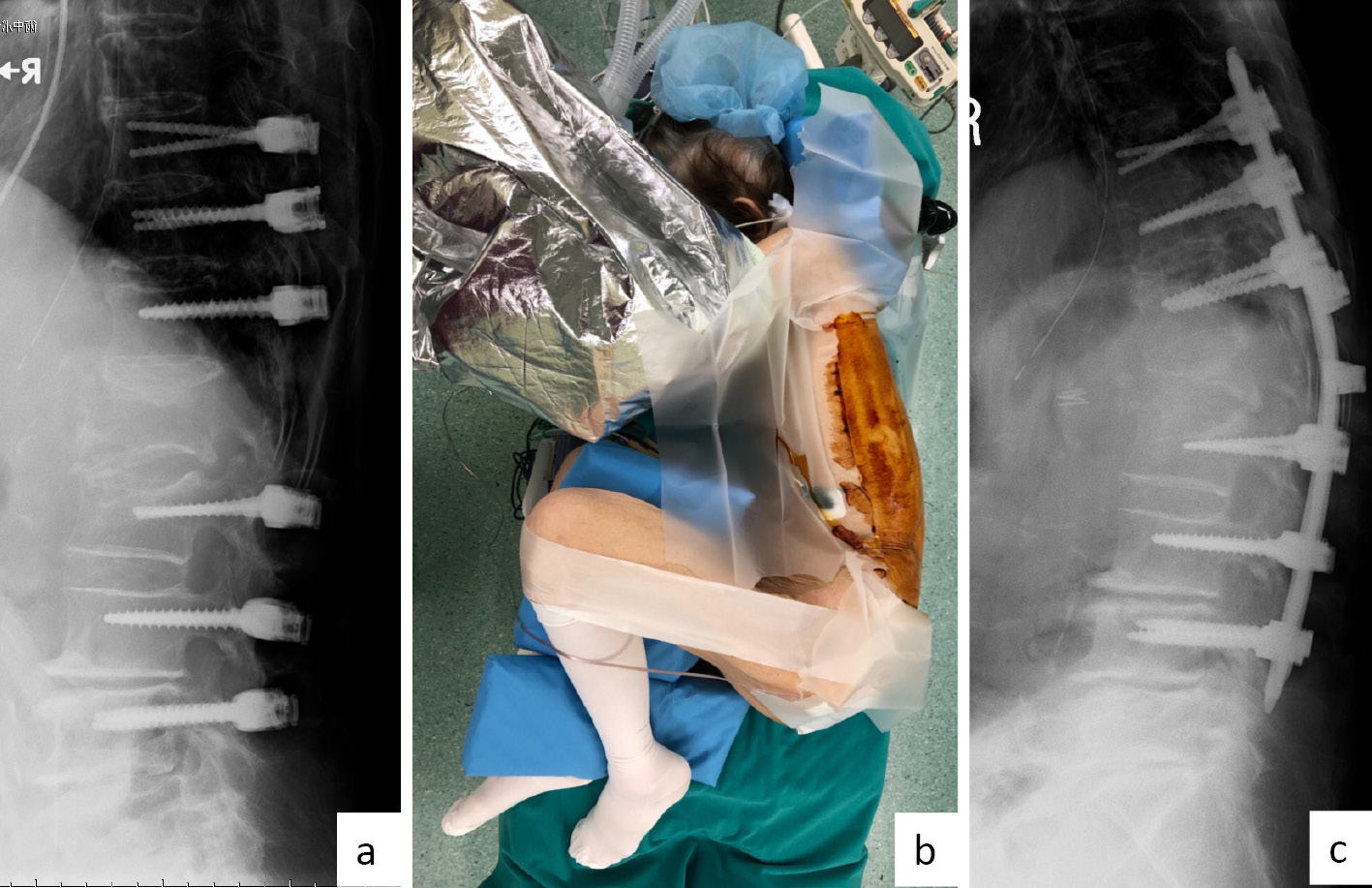Volume 12, Issue 9
Displaying 1-20 of 20 articles from this issue
- |<
- <
- 1
- >
- >|
Editorial
-
2021 Volume 12 Issue 9 Pages 1086
Published: September 20, 2021
Released on J-STAGE: September 20, 2021
Download PDF (275K)
Review Article
-
2021 Volume 12 Issue 9 Pages 1087-1093
Published: September 20, 2021
Released on J-STAGE: September 20, 2021
Download PDF (1083K)
Original Article
-
2021 Volume 12 Issue 9 Pages 1094-1101
Published: September 20, 2021
Released on J-STAGE: September 20, 2021
Download PDF (1223K) -
2021 Volume 12 Issue 9 Pages 1102-1109
Published: September 20, 2021
Released on J-STAGE: September 20, 2021
Download PDF (1736K) -
2021 Volume 12 Issue 9 Pages 1110-1116
Published: September 20, 2021
Released on J-STAGE: September 20, 2021
Download PDF (1659K) -
2021 Volume 12 Issue 9 Pages 1117-1123
Published: September 20, 2021
Released on J-STAGE: September 20, 2021
Download PDF (1076K) -
2021 Volume 12 Issue 9 Pages 1124-1129
Published: September 20, 2021
Released on J-STAGE: September 20, 2021
Download PDF (951K) -
2021 Volume 12 Issue 9 Pages 1130-1134
Published: September 20, 2021
Released on J-STAGE: September 20, 2021
Download PDF (798K) -
2021 Volume 12 Issue 9 Pages 1135-1142
Published: September 20, 2021
Released on J-STAGE: September 20, 2021
Download PDF (2407K) -
2021 Volume 12 Issue 9 Pages 1143-1151
Published: September 20, 2021
Released on J-STAGE: September 20, 2021
Download PDF (1169K) -
2021 Volume 12 Issue 9 Pages 1152-1160
Published: September 20, 2021
Released on J-STAGE: September 20, 2021
Download PDF (1469K) -
2021 Volume 12 Issue 9 Pages 1161-1166
Published: September 20, 2021
Released on J-STAGE: September 20, 2021
Download PDF (870K) -
2021 Volume 12 Issue 9 Pages 1167-1173
Published: September 20, 2021
Released on J-STAGE: September 20, 2021
Download PDF (1021K) -
2021 Volume 12 Issue 9 Pages 1174-1180
Published: September 20, 2021
Released on J-STAGE: September 20, 2021
Download PDF (924K) -
2021 Volume 12 Issue 9 Pages 1181-1187
Published: September 20, 2021
Released on J-STAGE: September 20, 2021
Download PDF (1325K) -
2021 Volume 12 Issue 9 Pages 1188-1193
Published: September 20, 2021
Released on J-STAGE: September 20, 2021
Download PDF (940K) -
2021 Volume 12 Issue 9 Pages 1194-1201
Published: September 20, 2021
Released on J-STAGE: September 20, 2021
Download PDF (1194K) -
2021 Volume 12 Issue 9 Pages 1202-1209
Published: September 20, 2021
Released on J-STAGE: September 20, 2021
Download PDF (2312K) -
2021 Volume 12 Issue 9 Pages 1210-1217
Published: September 20, 2021
Released on J-STAGE: September 20, 2021
Download PDF (1322K)
Secondary Publication
-
2021 Volume 12 Issue 9 Pages 1218-1225
Published: September 20, 2021
Released on J-STAGE: September 20, 2021
Download PDF (1491K)
- |<
- <
- 1
- >
- >|



















